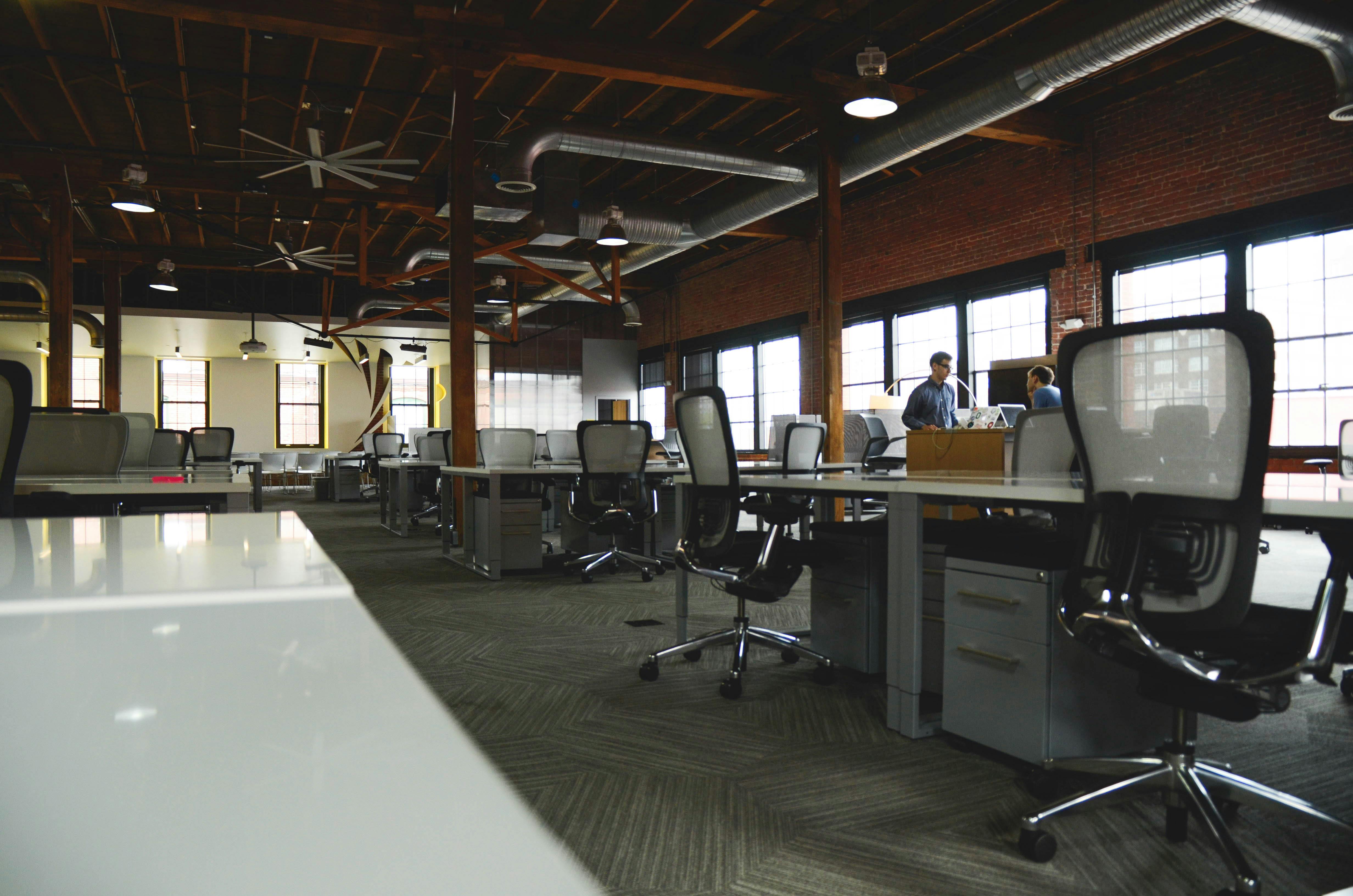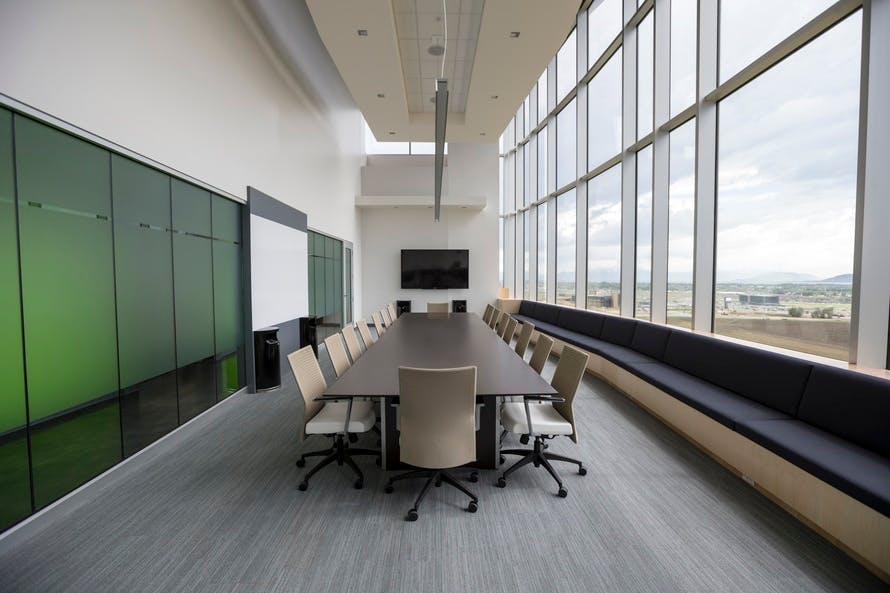How to make good at the end of a lease
One of the most overlooked pieces of the leasing puzzle is the “make good”. It’s a standard clause included in most commercial leases requiring tenants to return a property to its original state. It’s important to leave a few weeks, or even a month or so, to consider your property’s make good, as it may involve some renovation and construction. So how do you know what your obliged to do, and when is the right time to call an office fitout specialist?
We explore this below:
Check your lease agreement
You’ll often find the make good clauses to be vague and open-ended – some may not even be represented in your agreement. Make sure to carefully read over the points and also understand that even if s make good clause doesn’t appear in your lease agreement, you may still be obliged to return the property to its original condition to avoid legal action.

Talk a walk-through
Ideally, you’ll want to pull out old photos of what the property first looked like when you moved in. This is the easiest and simplest way to visually compare any differences you might overlook (such as doorknobs or blinds). If these aren’t available, spend some time to carefully walk through the property and note the changes. It’s also wise to get another set of eyes to do the same activity.
The most common items to note include:
- Technical equipment or instalments
- Drapes and blinds
- Signage
- Air conditioning and heating
- Storage fittings or shelves
- Electrical points and lighting
- Painted walls and other decorations
- Floating floorboards or carpets
- Partitions
Double check your list
Use this list, or any photographic evidence, to double check exactly what your landlord wants. If changes have been positive or productive for the property, an owner will often see them as an improvement, helping you to avoid any major make good disturbances.

Redecorate the premises
Often, if your lease has lasted five years or more, there’s usually a requirement to revamp the property with a fresh coat of paint or to replace the floor coverings if they’re looking worn out. It may be worth timing this redecoration with your make good to avoid extra hassle. Getting the advice from an office fitout specialist may help to find the best course of action and determine cost efficiencies.
While you and owner may have different perspectives in mind, it’s important to focus on the end goal of turning a space into a new and fresh property, rather than disassembling it years down the track. Remember to have upfront discussions with your landlord before taking any steps and seek the advice of an office fitout specialist to ensure the best path for you and your office.
